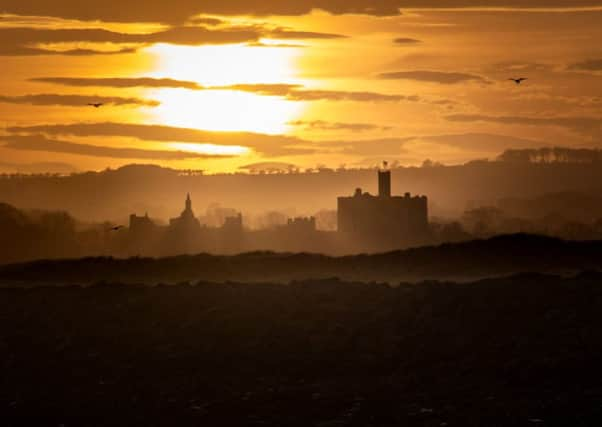NORTHUMBERLAND CAMERA CLUB: Don’t be snobbish on snaps
This article contains affiliate links. We may earn a small commission on items purchased through this article, but that does not affect our editorial judgement.


Some 90 per cent of photography is using phone cameras. Someone told me: “Using a smart phone isn’t real photography.” Of course, it is.
Even the Royal Photographic Society is recognising mobile phone images for its highest distinctions. In fact, I argue that mobile phone photography is closest to what genuine photographic art should be: instant.
Advertisement
Hide AdAdvertisement
Hide AdA billion people worldwide are Instagrammers. That includes three-quarters of all teenagers. Around three-quarters of its users are under 35. It’s heartening when photography used to be almost exclusively the remit of middle-aged white men like me.
The earliest photography was a mix of scientific endeavour and an attempt to create mock-paintings. That approach is still followed by many.
Go online and browse paintings by historical painters. Compare those to artistic photographs. Landscapes, portraits, still life, street photography and even modern documentary wedding shoots are still trying to emulate those paintings.
There is nothing wrong with that, unless you claim this is the only valid photographic way. It isn’t. In fact, it is limiting.
Advertisement
Hide AdAdvertisement
Hide AdArtists repaint, musicians edit scores, authors redraft books, actors adapt performances and dancers rearrange choreography. Finalising a piece of work can take months.
Not so photography. A photograph is a record of a very short period of time. That immediacy makes contemporary photography very different from other creative arts.
If you have mastered your camera, throw everything you believe about it out of the window once in a while. Snap. Be spontaneous. Use auto modes.
This approach should sit with the instantaneous nature of photography. By freeing us from what a photograph must and mustn’t be we can truly express ourselves. It might not impress narrow-minded critics, but try different methods of shooting and editing without worrying about what others think.
Advertisement
Hide AdAdvertisement
Hide AdThe integrity of photographs is often considered compromised when edits or filters are applied. This is a paradox; we are trying to create art and all other artists edit their work so why not photographers? Instead of considering editing as ‘cheating’, we should accept it as part of our creative process.
In most circumstances photographs are not precisely documenting the world, just interpreting it. I’m not saying you have to edit, but looking down on images that have been is arrogance.
I posted an image of the sun setting behind Warkworth Castle taken from Amble Pier a few years ago. Snapped by chance, I was in the right place at the right time. The raw file was only slightly developed, with cropping and small adjustments to contrast, shadows and highlights.
It received a derogatory comment saying the image was ‘Photoshopped’. It wasn’t. But that condescending remark illustrates the uneducated, obsolete attitude society wrongly places on photographic art. Even if it had been edited, it didn’t matter.
Advertisement
Hide AdAdvertisement
Hide AdTo find me on Instagram, my username is ‘ivortog’. I would love to see your images there.
Visit the Northumberland Camera Club Facebook page for some stunning pictures.
Find Ivor Rackham’s website at https://ivorphotography.co.uk